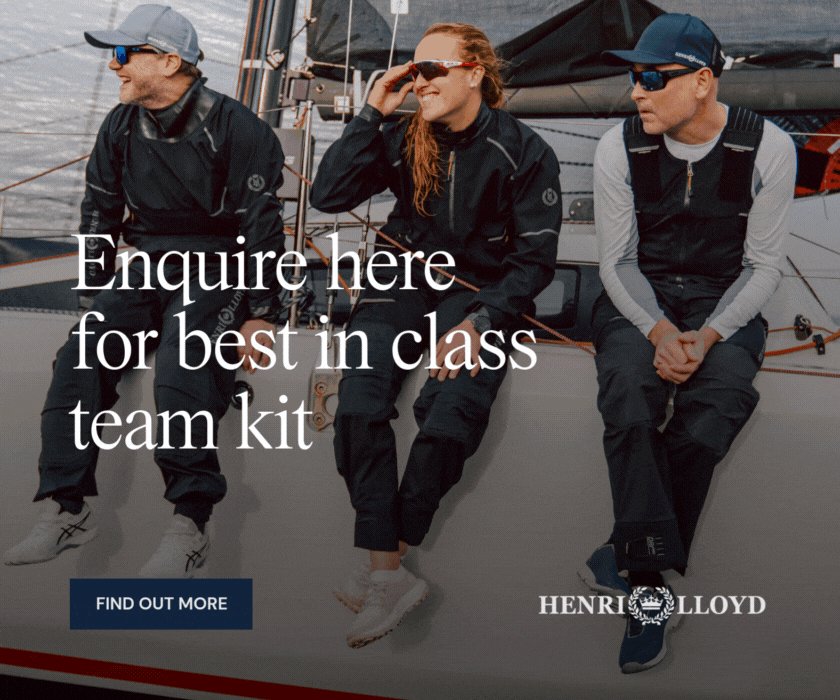


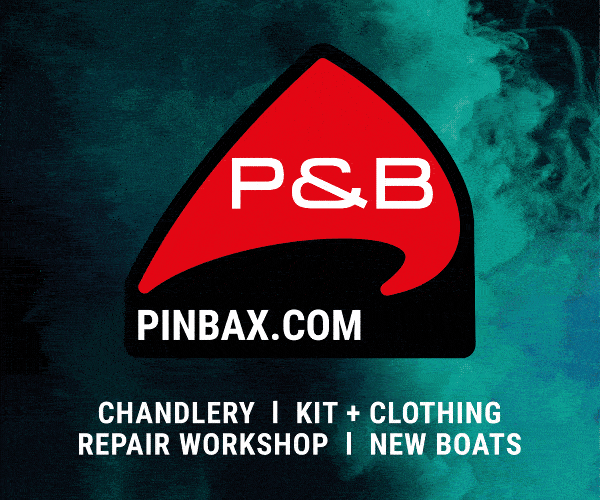
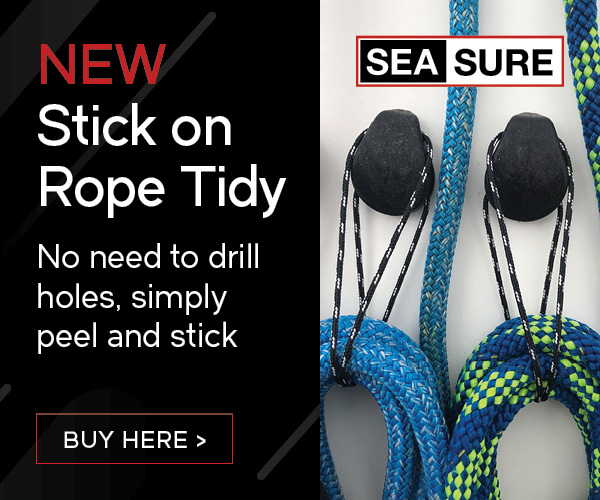



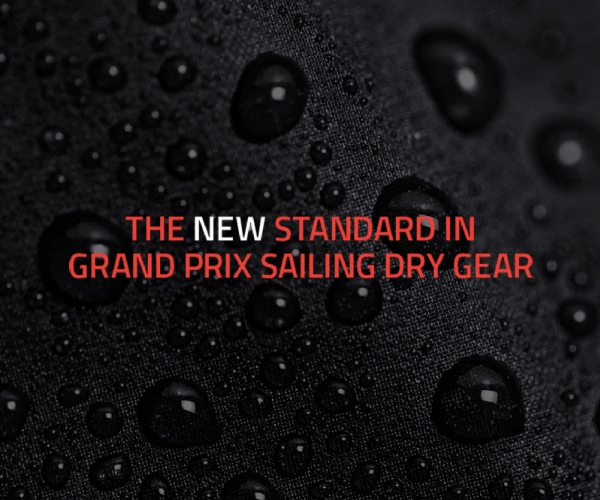
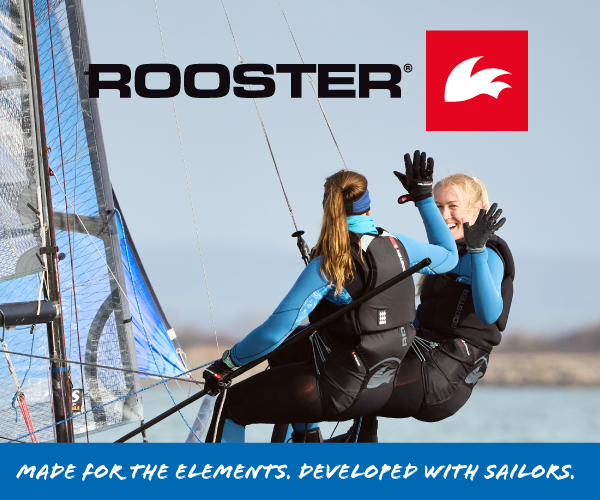

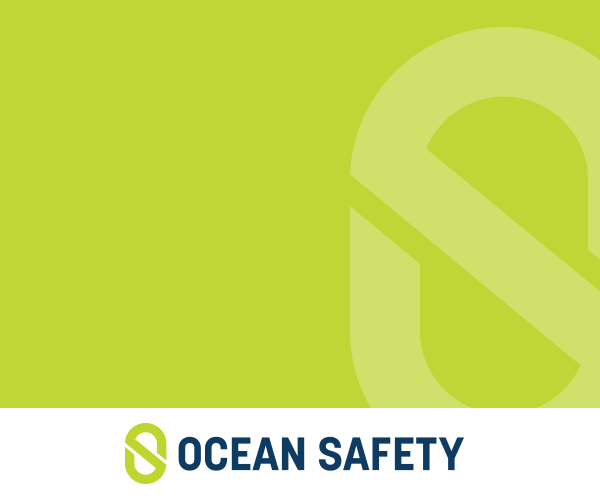

Boats for sale
| Laser 28 - Excellent example of this great design Hamble le rice |
 |
| Laser 140101 Tynemouth |
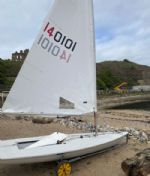 |
| Rossiter Pintail Mortagne sur Gironde, near Bordeaux |
 |
List classes of boat for sale |
Hard Chine or round bilge? |
Post Reply 
|
| Author | |
Medway Maniac 
Really should get out more 
Joined: 13 May 05 Location: United Kingdom Online Status: Offline Posts: 2788 |
 Post Options Post Options
 Quote Quote  Reply Reply
 Topic: Hard Chine or round bilge? Topic: Hard Chine or round bilge?Posted: 31 Dec 14 at 12:52pm |
|
"Like" all the above comments.
But what about the Scorpion? Not light, not long, not much righting moment or white sail area, fair bit of keel rocker, but - it seems to me at least - always unexpectedly quick in both light and stronger winds. The chines are very straight, and contrary to popular concepts extend right to the bow where I guess they release spray/bow-wave water earlier from the hull than would otherwise be the case.
|
|
 |
|
RS400atC 
Really should get out more 
Joined: 04 Dec 08 Online Status: Offline Posts: 3011 |
 Post Options Post Options
 Quote Quote  Reply Reply
 Posted: 31 Dec 14 at 12:01pm Posted: 31 Dec 14 at 12:01pm |
|
I don't know how dfferently a Canoe should be viewed, it sits in its own domain between catamaran design and most monohulls, being somewhere between the two in length/beam and length/mass.
In light airs, surface area rules, so a narrow rounded hull wins. Cats of course don't need form stability but a monohull designed to absolute minimum wetted area would be a bit of a handful I think.... Early planing needs flat sections at the back, rounded hull forms often work well because there are no chines to dig in and work against the foils by steering the boat. At speed, chines help stability, when did you last see a round bilge powerboat? But in light airs, flat water, they're out of the water on many boats. The subtlety of marginal planing, or upwind in chop, or quick tacking or reaching through big waves is much harder to analyse. Then you have to think about making it easy to get it around the course when it's really too windy to be worried about optimal drag.... In my limited view, there is something about 505's and some Merlins which helps them keep going when other boats are capsizing, even if I'm driving. How do you analyse being half-flattened by a gust in Solent wind-over-tide and riding out of it? |
|
 |
|
Daniel Holman 
Really should get out more 
Joined: 17 Nov 08 Online Status: Offline Posts: 997 |
 Post Options Post Options
 Quote Quote  Reply Reply
 Posted: 31 Dec 14 at 11:53am Posted: 31 Dec 14 at 11:53am |
|
You can have chines that aren't immersed that mean that the topside can be single plane curvature - this is a build friendliness gain on boats of any speed.
Immersed chines (and this can depend on trim and heel) have a crossover at fn=1 (12 kts for a 14ft dinghy) - below which they are disadvantageous, above which they aid lift and reduce drag. Curvature, transverse but particularly f/a in the aft half of a hull should be minimised in a boat spending most of its time semi planing ie 6 to 12 kts for a 14ft dinghy. This will, however generally be at the expense of wetted area and result in more transom and forefoot immersion, both of which are killers sub kts. As with all things it's about compromise. Chines can be used on any dinghy, but generally should only be intended to make contact with the water in the aft third of the boat with stern trim ie when going fast. Similarly, rounder sections fwd will mean that wetted surface can be optimised with bow down trim in the light, with flatter and straighter sections aft for dinghies with high speed potential. Of course then you also have to think about stability/ wetness / motions in sea |
|
 |
|
Rupert 
Really should get out more 
Joined: 11 Aug 04 Location: Whitefriars sc Online Status: Offline Posts: 8956 |
 Post Options Post Options
 Quote Quote  Reply Reply
 Posted: 31 Dec 14 at 10:10am Posted: 31 Dec 14 at 10:10am |
|
Yup, round bilge for less wetted surface, with those chines at the back to make for more stable planing. We are almost back to arc bottomed sharpies of the late 19th century.
|
|
|
Firefly 2324, Puffin 229, Minisail 3446 Mirror 70686
|
|
 |
|
JimC 
Really should get out more 

Joined: 17 May 04 Location: United Kingdom Online Status: Offline Posts: 6662 |
 Post Options Post Options
 Quote Quote  Reply Reply
 Posted: 31 Dec 14 at 9:36am Posted: 31 Dec 14 at 9:36am |
|
I'm redrawing some Canoe lines at the moment which some day will make to to the Canoe website, so I've got a variety of old documents scattered round the PC.
It used too be quite a big discussion point: this is a quote from an early 50s Yachting World I think:
Redrawing the old lines, which were of Eastwind, an Austin Farrar Canoe, very Uffa Fox influenced and pre-war looking, and of Conquest, an early hard chine Jack Holt design, I was struck by how very hard chine Conquest is, with no curvature in the sections at all, and how very rounded Eastwind was... And it occurred to me that, in these days where we actually seem to have something approaching a consensus in mainstream deign, what we actually have is something in between, since although the typical contemporary boat has a single chine, the rest of the shape has curved sections, often as curved as anything that would have been seen on an old round bilge boat. So hard chine versus round bilge? Neither - or both. Its funny how often that plays out, time and time again in history it seems that there must be a decision between x and y, but in the end, when the shouting has died down, the grand controversy just fizzles out... |
|
 |
|
Post Reply 
|
| Forum Jump | Forum Permissions  You cannot post new topics in this forum You cannot reply to topics in this forum You cannot delete your posts in this forum You cannot edit your posts in this forum You cannot create polls in this forum You cannot vote in polls in this forum |
Bulletin Board Software by Web Wiz Forums® version 9.665y
Copyright ©2001-2010 Web Wiz
Change your personal settings, or read our privacy policy
Copyright ©2001-2010 Web Wiz
Change your personal settings, or read our privacy policy












 Printable Version
Printable Version Delicious
Delicious Digg
Digg Facebook
Facebook Furl
Furl Google
Google MySpace
MySpace Newsvine
Newsvine reddit
reddit StumbleUpon
StumbleUpon Twitter
Twitter Windows Live
Windows Live Yahoo Bookmarks
Yahoo Bookmarks Topic Options
Topic Options